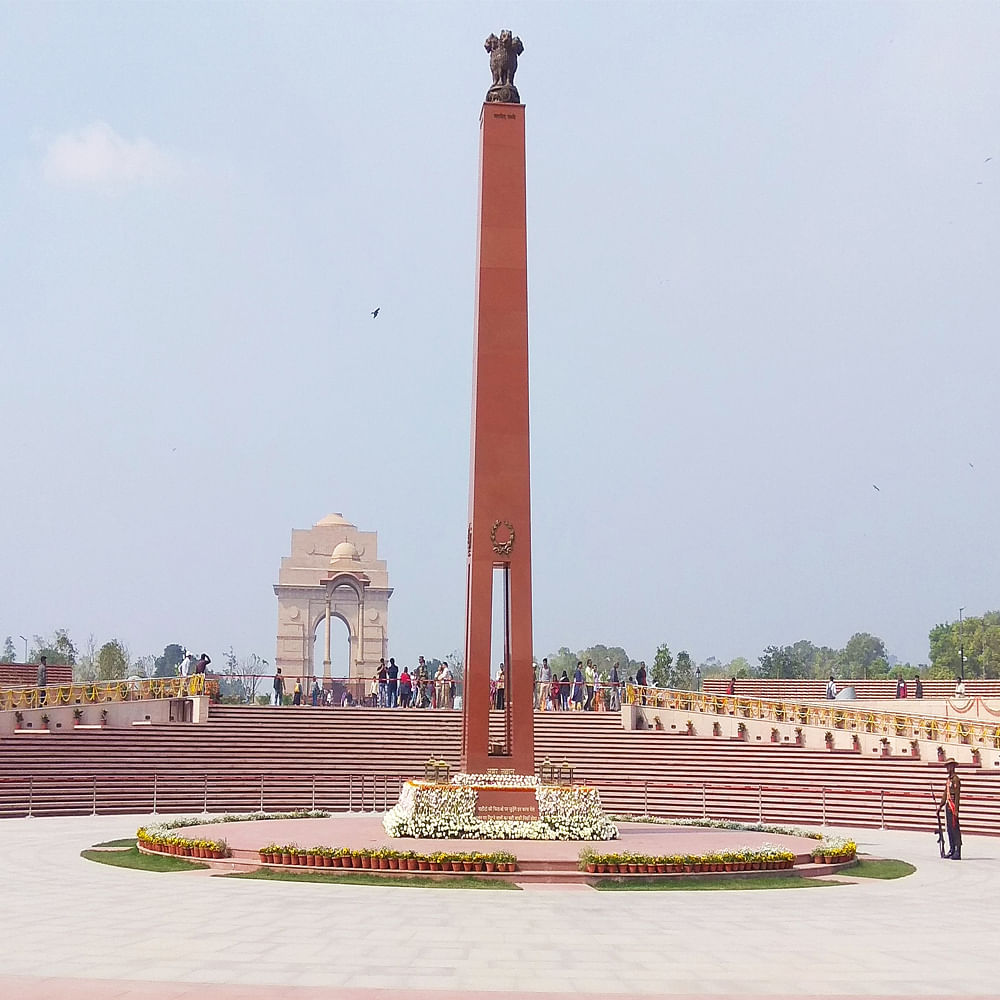To commemorate the sacrifices made by the Indian soldiers, the government has constructed a memorial site next to the India Gate called the National War Memorial where anybody can go to pay their respects to war martyrs. It was inaugurated by our Prime Minister on 25th February, 2019.
Everything You Need To Know About The National War Memorial In Delhi
Shortcut
What Makes It Awesome
The army had first proposed to build the memorial in 1960, which saw the light of day in 2015 when the government approved the proposal that was to be supervised by the Military Engineering Services under the Ministry of Defence. Around 25,900 soldiers have been honoured at the war memorial, including those who fought the Indo-China war of 1962, the Indian Peace Keeping Force Operations in Sri Lanka, the Indo-Pak wars, and the Kargil dispute of 1999. One of the ideas behind creating this memorial was not to mourn the death of the heroes, but to celebrate their glorious lives.
The memorial houses a flame similar to the one at India Gate, symbolising the sacrifice the soldiers have made in order to safeguard their country. It has 16 walls built like a Chakravyuh, an ancient Indian war formation. It also has four concentric circles, each signifying different values of the armed forces. These are: Amar Chakra (immortality), Veerta Chakra (bravery), Tyag Chakra (sacrifice), and Rakshak Chakra (protection). The names of the war causalities along with their ranks have been inscribed in gold on the granite slabs that form the Tyag Chakra.
The National War Memorial is open on all days of the week from 9 am to 7:30 pm. The entry is free. The memorial is located at a strategic location, very close to the Central Secretariat metro station. In the same vicinity is an Indian National War Museum that people can visit.
What Could Be Better
On some days the memorial is closed when VIPs are visiting or for other important ceremonies, so keep alternate plans ready in case that happens.
Pro-Tip
The National War Memorial also has a computer screen located in the complex where one can search for the names of martyrs and exact location/wall number where the granite slabs with their name and rank is located.

